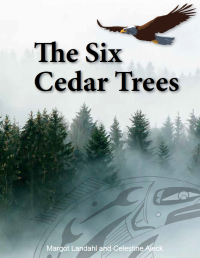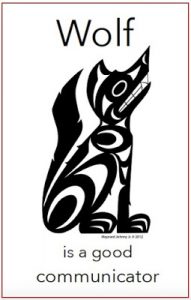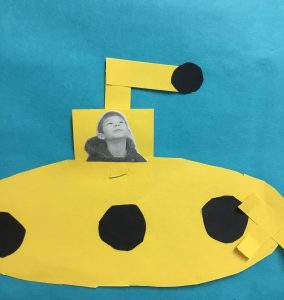“You’re never too old, too wacky, too wild, to pick up a book and read to a child.” – Dr.Seuss
What is the value of a read aloud?
- involves children in reading for enjoyment
- demonstrates reading for a purpose
- provides an example of phrased, fluent reading
- develops a sense of story
- develops concepts about books (how books work and what books are about)
- develops concepts about print (letters, words, sentences, capitals, punctuation, spacing)
- increases vocabulary
- makes complex ideas available to children
- promotes oral language development (Fountas &Pinnell, 1996)
Check out your child’s blogfolio to hear how being read to has helped his/her literacy development.
Division 9 is using the book The Six Cedar Trees as a catalyst to incorporate indigenous worldviews and perspectives into our learning. The Six Cedar Trees features the core competencies, each represented by an animal (bear, beaver, orca, raven, salmon and wolf) from the Pacific Northwest Coast. As we explore each animal’s characteristics and habits, we learn how we can develop the intellectual, personal, and social and emotional proficiencies that we need in order to engage in deep and life-long learning. Each animal, and the corresponding core competency, will be introduced at different times throughout the school year.
The first animal that we have learned about is Wolf. Wolf is a good communicator. Wolf reminds us to cooperate, listen with respect and share our ideas. The children of Division 8 have completed a self-assessment of how they see themselves as a communicator; emerging, developing, proficient or extending. Please visit your child’s blogfolio to view his/her response.
What does math looks like in our classroom?
Most of our time is spent actively practicing new strategies and developing math fluency through hands-on activities, such as games, puzzles etc. We also work together because cooperative learning encourages different ways of thinking. We can count, show one-to-one correspondence, order and compare numbers, subitize (the ability to quickly identify the number of items in a small set without counting), estimate, decompose numbers (break a number into smaller parts) and form numerals correctly.











